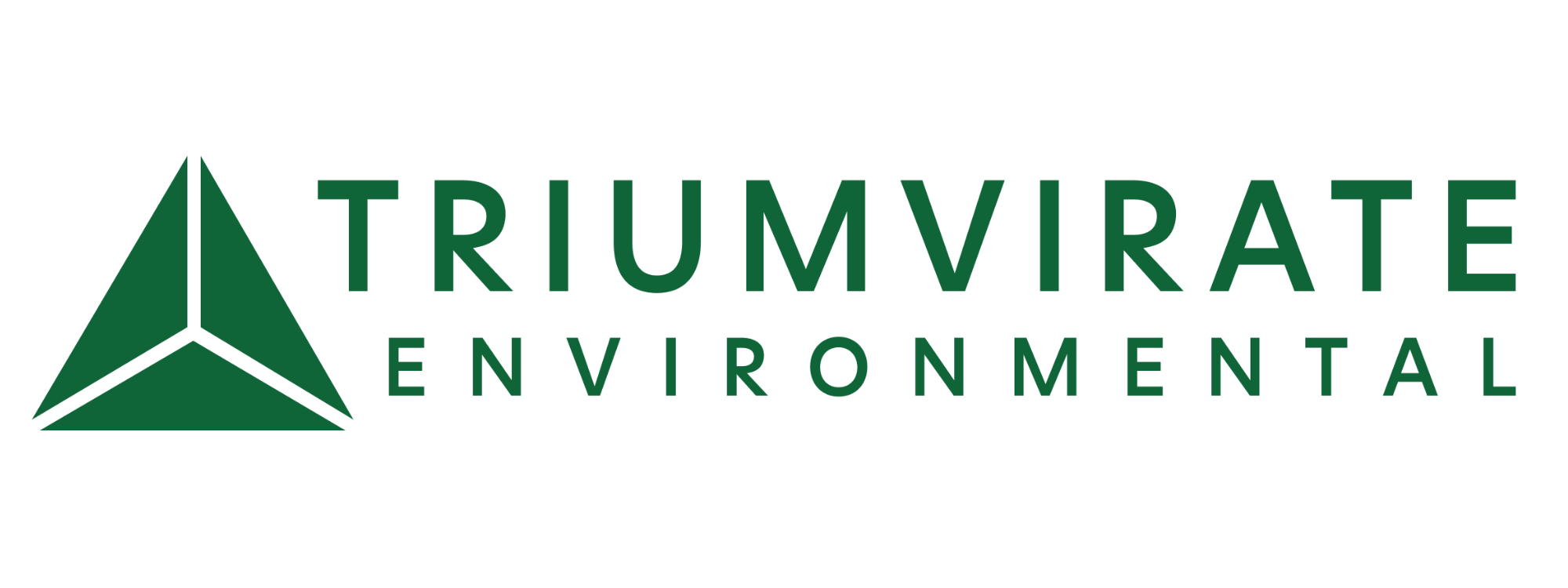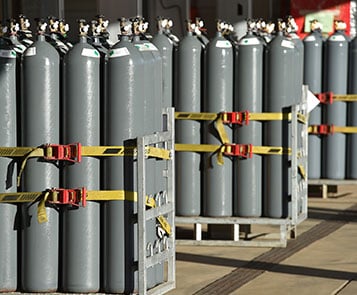Why You Need to Develop a Compliance Calendar Now: The Cost of Non-Compliance in Healthcare
 Everyone knows staying compliant saves money: it prevents hundreds of thousands of dollars in regulatory fines. Non-compliance or failure to meet deadlines could result in penalties from RCRA, OSHA, Joint Commission and more. Beyond that, it seems that compliance only costs money. Time, effort, and dollars go into keeping your organization compliant.
Everyone knows staying compliant saves money: it prevents hundreds of thousands of dollars in regulatory fines. Non-compliance or failure to meet deadlines could result in penalties from RCRA, OSHA, Joint Commission and more. Beyond that, it seems that compliance only costs money. Time, effort, and dollars go into keeping your organization compliant.
If this is how you feel about your compliance program, there’s probably room for improvement. A compliance program should be saving your organization money. Below you’ll find several ways in which you’re compliance program can do just this.
Save on Reputation
A program that is out of compliance not only runs the risk of getting fined by regulators, it runs the risk of having those fines published to the media. Public media embarrassment could cost your organization in more ways than one. Having your reputation tarnished could ultimately result in losing customers, prospective employees and the time and money it takes to repair that reputation.
Employee Injury
There are many employees who have direct contact with regulated practices and thus, need to be trained. Collateral of having a compliant program is having open lines of communication and first rate training programs for all parties that touch the waste. This includes non-EH&S staff like nursing and researchers.
Without this key aspect of a compliance program organizations are increasing the risk of employee injury. Employers pay almost $1 billion per week in workers’ compensations costs alone. A top-notch compliance program should provide constant training for employees and aid in discovering compliance mistakes before they happen. Ultimately, an adequate training and education program will help your institution save on employee injuries and paid leave.
Greater Efficiencies
In addition to keeping employees safe, having an adequate training program and organized management plan helps streamline your program, make it more efficient and ultimately save on labor and process hiccups. The best compliance programs are those that not only teach the employee what to do, but results in buy-in from the employees. Employees will help keep your program compliant rather than hinder it.
One way to improve your program’s efficiencies is by developing a compliance calendar. This will help reporting and assure regular tasks are done in a timely manner.
A compliant program will lead to efficiencies in waste management. Improvements could be anywhere: from the time it takes to ‘walk the rounds’ to making sure chemicals and waste are in the right containers. In this way, a Triumvirate client improved their waste expenses by finding a way to consolidate multiple waste streams into fewer containers. This client was looking to improve their bottom line without changing disposal technology. Triumvirate researched and found a way to consolidate a four waste streams into one.
This saved the client in several ways: disposal cost was cheaper, containers were reused, disposal technology stayed the same, and it left fewer containers in the MAA for inspectors to inspect.
This overall change was possible through the greater efficiencies and compliance focus of their program and ultimately saved them more than $15,000 year to date.
Reduced money spent on this means more money and extra time invested in more profitable tasks and projects. To kick-start your program into compliance, check out our regulatory reporting calendar in the link below.










.png)